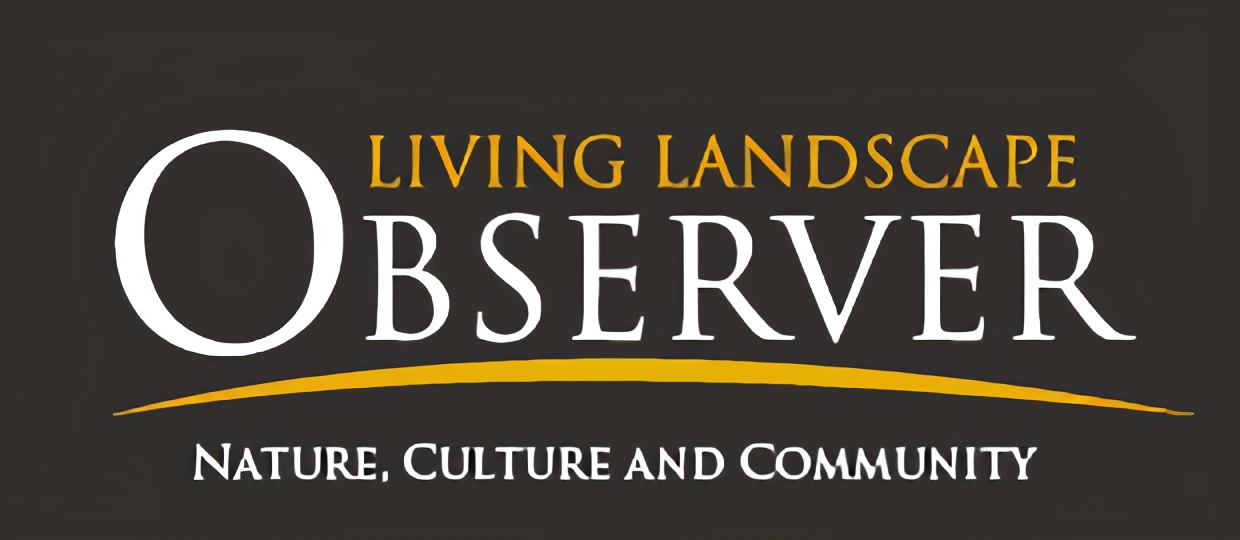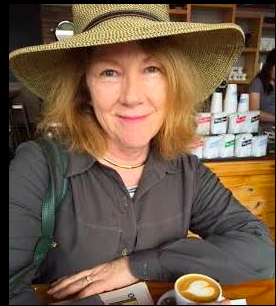To provide observations and information on the emerging fields of landscape scale conservation, heritage preservation, and sustainable community development.
Newsletter
Stay up-to-date with the latest nature, culture and community news.
We won’t spam you or share your information. Newsletters are sent approximately 10 times a year. Unsubscribe at any time.
Predictions for the Coming Year
Behind the Scenes of the Legislative Process
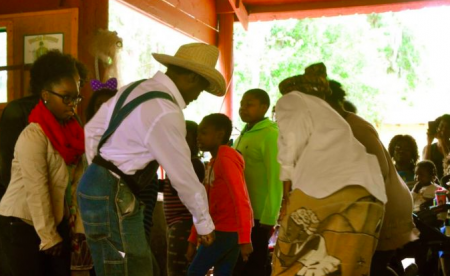
The Gullah Geechee: Reflections on the warp and weft of cultural tradition and landscape
Heather Hodges is the Executive Director of the Gullah Geechee Cultural Heritage Corridor. This piece offers a reflection on the interconnectedness of the Gullah Geechee cultural traditions and the lands on which those traditions were formed.
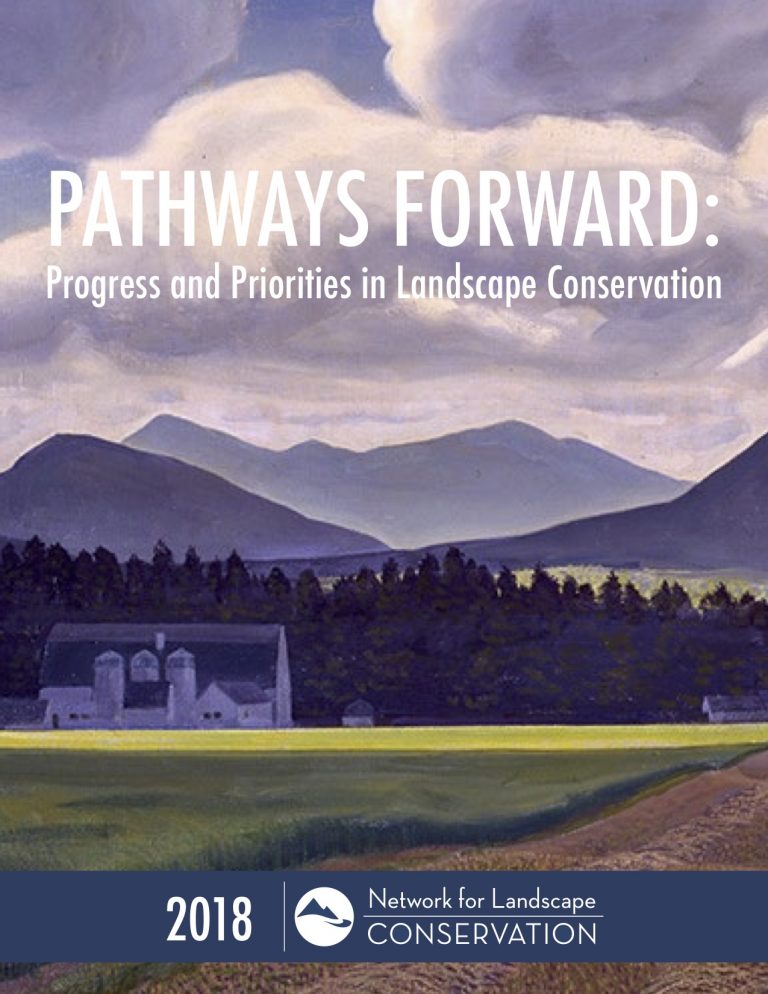
Network for Landscape Conservation issues a new Report- Pathways Forward: Progress and Priorities in Landscape Conservation
The Network for Landscape Conservation has just released a report Path Ways Forward: Progress and Priorities in Landscape Conservation. The report documents the thinking of 200 leading landscape conservation practitioners from the United States, Canada, and Mexico at a November 2017 National Forum on Landscape Conservation. The report also documents the growth of the movement not just by the number of landscape scale projects, but more importantly by the growing understanding of what it means to successfully sustain them.
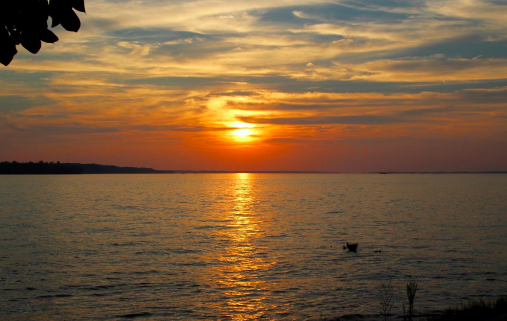
The Slave Route Project: Jamestown 1619
In 1619 an English Privateer arrived at Point Comfort on the James River, bringing the first enslaved Africans to Virginia. Soon to be sold to Jamestown residents, most of the men and women remain nameless. Historical records do reveal that one woman “Angela or Angelo” was purchased by an English Lieutenant Pierce. Today Historic Jamestowne and the National Park Service are working to uncover her story and others. This is just one touch point of the Slave Route Project is documenting the vast and complex cultural landscape of four centuries of the slave trade. But, to go beyond the large landscape, cultural heritage professionals should not hesitate to look for the humanity that can be found in the telling of individual stories of such historical figures as Angela.

The English Lake District: World Heritage Designation One Year In
It was just one year ago last July 2017 that after many decades of effort the English Lake District was finally recognized as a World Heritage cultural landscape. So how is the Lake District faring one year after designation? In many ways the inscription has not made big changes. The Lake District National Park Partnership continues to play a key role in carrying out its stated mission for the Lake District to serve as: A place where its prosperous economy, world class visitor experiences and vibrant communities come together to sustain the spectacular landscape, its wildlife and cultural heritage.
However, the impact of outside forces specifically Brexit on the region are much more problematic. What will it mean for the country’s agricultural policy? This is critical for the Lake District. As noted in the World Heritage nomination, it is an “unrivalled example of a northern European upland agro-pastoral system”, but also a way of life under tremendous pressure.
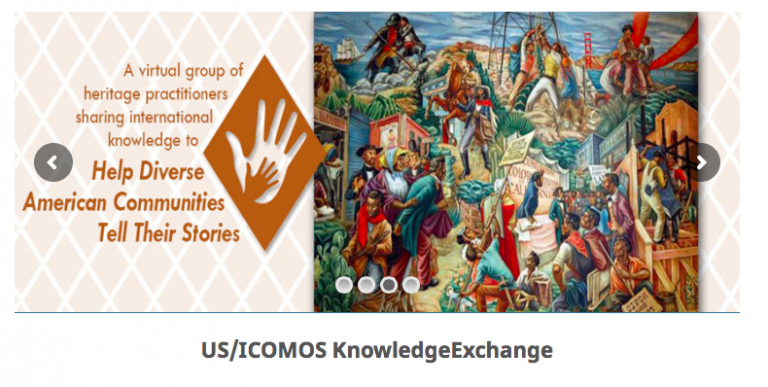
US/ICOMOS Updates and Symposium
The International Council on Monuments and Sites, commonly referred to as ICOMOS, is a non-government organization dedicated to the conservation of cultural heritage sites across the globe. US/ICOMOS was the first of what now number 110 national committees that make up the larger ICOMOS alliance. Find out more about its activities.

The Gullah Geechee: Reflections on the warp and weft of cultural tradition and landscape
Heather Hodges is the Executive Director of the Gullah Geechee Cultural Heritage Corridor. This piece offers a reflection on the interconnectedness of the Gullah Geechee cultural traditions and the lands on which those traditions were formed.

Network for Landscape Conservation issues a new Report- Pathways Forward: Progress and Priorities in Landscape Conservation
The Network for Landscape Conservation has just released a report Path Ways Forward: Progress and Priorities in Landscape Conservation. The report documents the thinking of 200 leading landscape conservation practitioners from the United States, Canada, and Mexico at a November 2017 National Forum on Landscape Conservation. The report also documents the growth of the movement not just by the number of landscape scale projects, but more importantly by the growing understanding of what it means to successfully sustain them.

The Slave Route Project: Jamestown 1619
In 1619 an English Privateer arrived at Point Comfort on the James River, bringing the first enslaved Africans to Virginia. Soon to be sold to Jamestown residents, most of the men and women remain nameless. Historical records do reveal that one woman “Angela or Angelo” was purchased by an English Lieutenant Pierce. Today Historic Jamestowne and the National Park Service are working to uncover her story and others. This is just one touch point of the Slave Route Project is documenting the vast and complex cultural landscape of four centuries of the slave trade. But, to go beyond the large landscape, cultural heritage professionals should not hesitate to look for the humanity that can be found in the telling of individual stories of such historical figures as Angela.

The English Lake District: World Heritage Designation One Year In
It was just one year ago last July 2017 that after many decades of effort the English Lake District was finally recognized as a World Heritage cultural landscape. So how is the Lake District faring one year after designation? In many ways the inscription has not made big changes. The Lake District National Park Partnership continues to play a key role in carrying out its stated mission for the Lake District to serve as: A place where its prosperous economy, world class visitor experiences and vibrant communities come together to sustain the spectacular landscape, its wildlife and cultural heritage.
However, the impact of outside forces specifically Brexit on the region are much more problematic. What will it mean for the country’s agricultural policy? This is critical for the Lake District. As noted in the World Heritage nomination, it is an “unrivalled example of a northern European upland agro-pastoral system”, but also a way of life under tremendous pressure.

US/ICOMOS Updates and Symposium
The International Council on Monuments and Sites, commonly referred to as ICOMOS, is a non-government organization dedicated to the conservation of cultural heritage sites across the globe. US/ICOMOS was the first of what now number 110 national committees that make up the larger ICOMOS alliance. Find out more about its activities.
